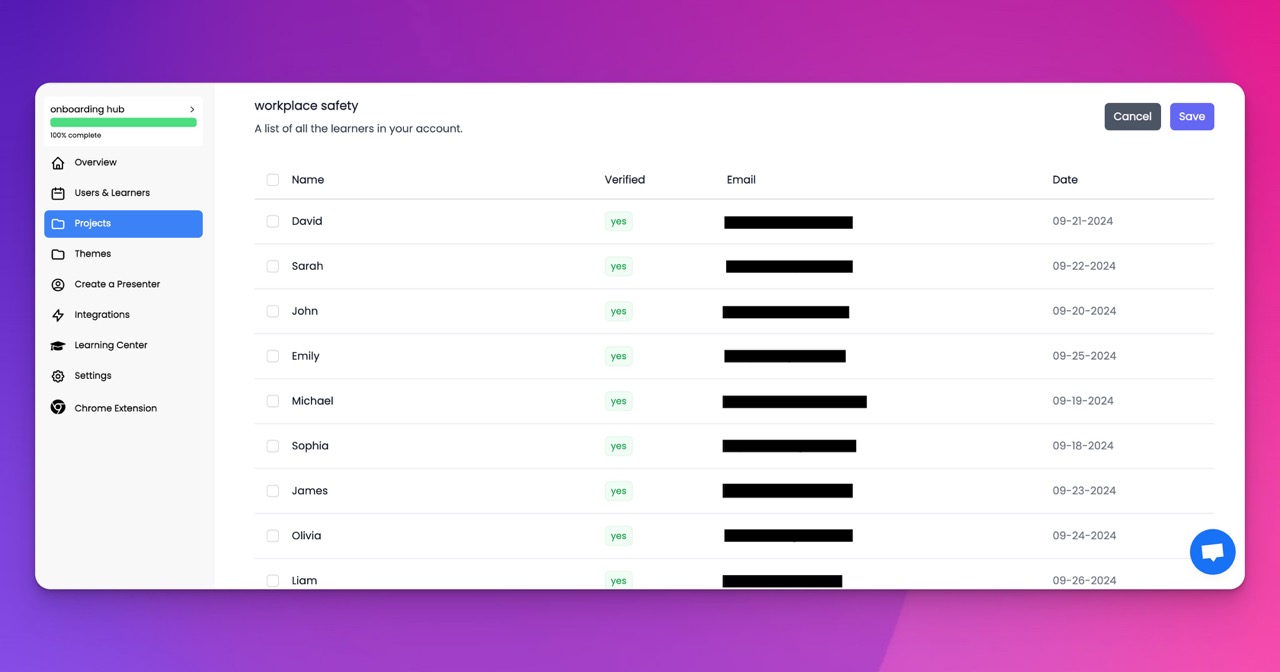🎉 Trainday now integrates with Zendesk and Hubspot 🎉 Trainday now integrates with Zendesk and Hubspot 🎉 Trainday now integrates with Zendesk and Hubspot
🎉 Trainday now integrates with Zendesk and Hubspot
🎉 Trainday now integrates with Zendesk and Hubspot
Contact
What Is A Work Order
A work order is a document that specifies the details of a job or task that needs to be completed. It is used to communicate the specific requirements and expectations of a job to the individuals or teams responsible for carrying it out. Work orders can be used in a variety of industries and settings, including manufacturing, construction, maintenance, and service.
At its core, a work order typically includes information such as the job title or description, the location where the work will be performed, the date and time the work needs to be completed by, and any relevant instructions or specifications. In addition, work orders may also include information about the materials, tools, or equipment that will be required to complete the job, as well as any safety or regulatory requirements that must be followed.
One of the primary benefits of using work orders is that they help to ensure that everyone involved in a job or project is on the same page. By clearly outlining the requirements and expectations of a job, work orders can help to prevent misunderstandings and mistakes that could result in delays or errors. They also provide a clear record of the work that was done, which can be useful for tracking progress, evaluating performance, and identifying areas for improvement.
Overall, work orders are an essential tool for any organization that needs to manage and coordinate complex projects or tasks. By providing clear and concise instructions, they help to ensure that work is completed efficiently, safely, and to the required standards. Whether you are a contractor, a maintenance technician, or a service provider, understanding work orders and how to use them effectively is a key part of being successful in your role.
Accelerate Compliance.
Deliver OSHA-Ready Courses Instantly.
Empower your team with data-driven training solutions tailored to your industry's safety standards. Stay compliant, reduce risks, and boost productivity with AI-powered course creation.
